Choosing the Best Driveway Alarm and How to Use It Effectively
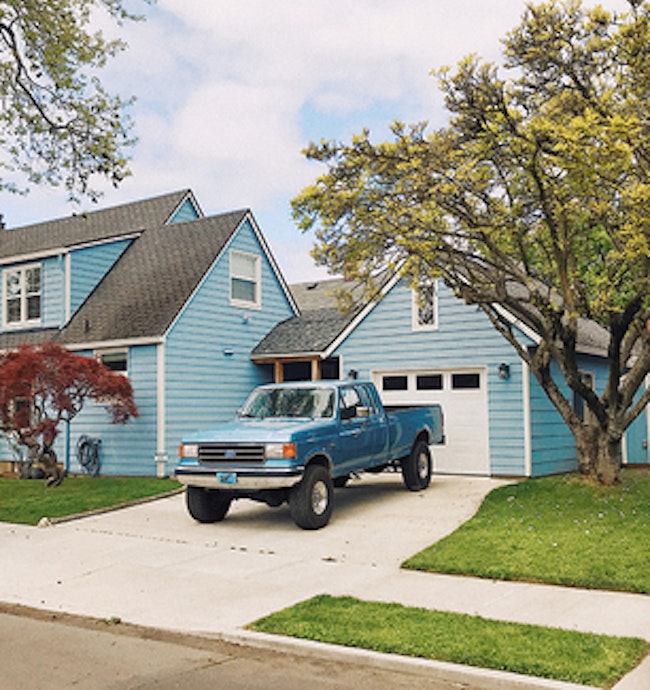
When you think about home security, these typical devices may come to mind: good sturdy locks on your door, motion-sensitive lights at your back door, maybe even an alarm system should someone try to enter without your permission, both night and day. Burglars and thieves target unlocked vehicles before they attempt anything else. Some even try to jury rig a tool to unlock a car to steal valuables. The second most common form of burglary is home invasion, usually during the day when everyone inside the home should be at school or work. But did you know there is a way to discover someone approaching even before they reach your home? Whether it be people, animals, or vehicles, a driveway alarm is a reliable system capable of signaling you when something or someone is nearing your home.
One alarming trend in crime statistics in the last three years is the burglary and trespassing rate. Crime as a whole has decreased all across the country, but according to the Bureau of Justice, these two actions have steadily risen. Worse, alerting the police to any suspected trespassing or attempted burglaries have remained the same even as the two types of crime have risen. The reason for this is still under investigation. The Department of Justice offers a few reasons, although one statistic stands out: in 62% of all burglaries, victims did not report the crime.
But what if you could have a system that would warn you of trespassing and intrusion before the act even begins? With a driveway alarm featuring a system of sensors, each placed in a tactical position, you can receive a driveway alert anytime someone nears your home. This can be useful for preventing burglary, but it can also serve as a way to identify when important vehicles arrive, such as relatives, repairmen, or mail carriers.
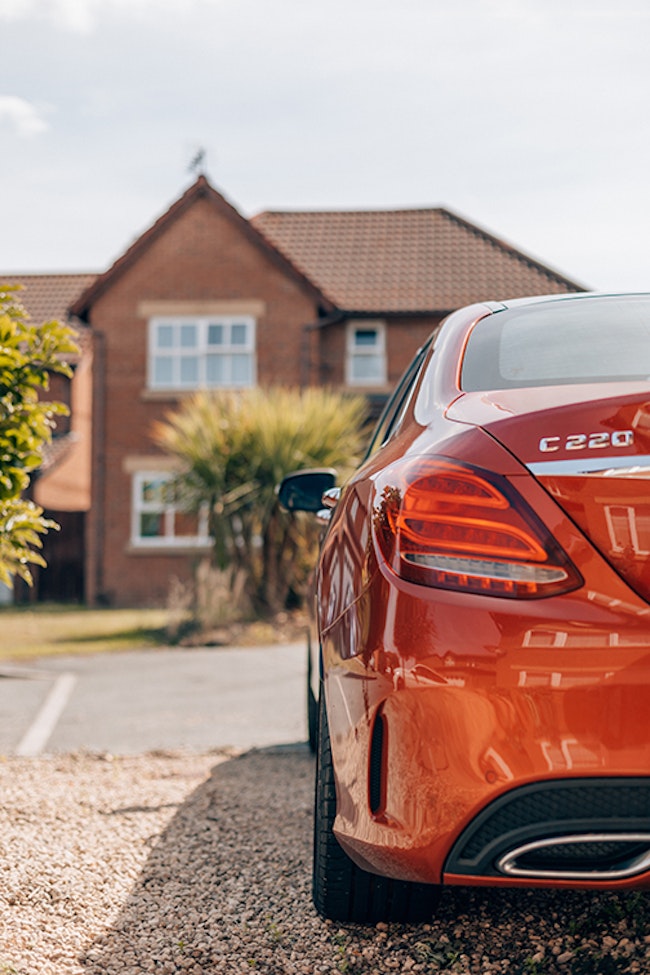
What Is a Wireless Driveway Alarm?
Put simply, a driveway alarm is a series of sensors, placed strategically according to their function. When activated or tripped, these sensors then send a signal to a transceiver, which then sends a signal to a monitor placed inside your home. The monitor then lets you and your family know, in a couple of different ways (depending on the type of system), that something has passed by the driveway sensor (or sensors).
Why Choose a Driveway Alarm?
On one hand, a driveway alarm serves as a functional “doorbell” of sorts whenever anyone passes the sensors. On the other, these alarm systems are the perfect tool to warn you if anyone approaches your home, be they friendly or not-so-friendly.
No matter the type of driveway alarm sensor you purchase, a driveway alarm comes in two or three different parts (along with as many sensors as the monitor can track at once). This early warning system can detect motion or vibrations, heat, or movement within a set wireless range, and depending on the brand, can identify anything as small as a cat to as large as a truck. This has its advantages and disadvantages, obviously. Whenever something activates the system, the monitor can chime like a doorbell and light up an LED light to let you know something has passed. These can sometimes be customized as well depending on the monitor.
Driveway sensors aren’t just for driveways, either. You can place sensors all around your property depending on their type. As we will cover shortly, your system can either detect temperature, has a line-of-sight between sensors, or can detect minute vibrations from underground. Monitors with multiple inputs can let you know the location of the intrusion, giving you time to investigate and act appropriately. Wherever you worry about someone or something moving through your yard, a motion-sensitive alarm is a great tool.
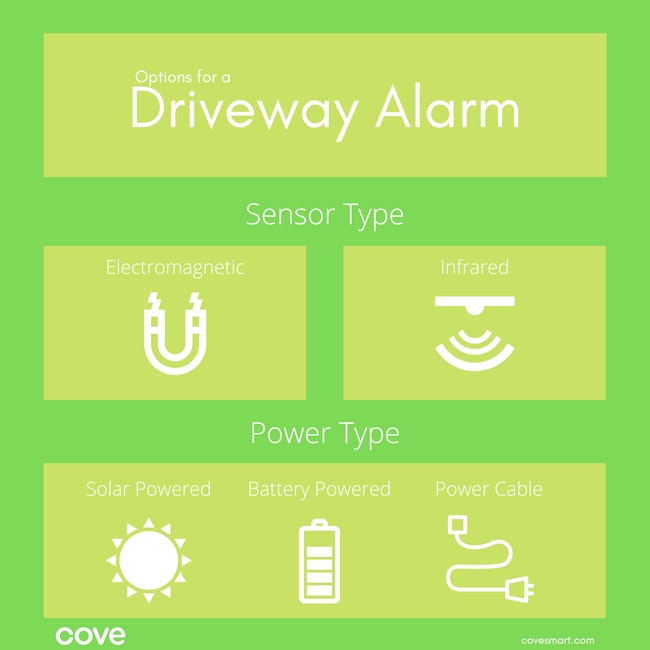
The Technology Behind A Motion Sensor
Driveway alarms generally work with three different types of sensors. Each must be installed in different ways to be effective enough to work properly. These include:
1. Electromagnetic sensors (also known as probe sensors). If you want to be able to detect vehicles and only vehicles, then electromagnetic sensors are just what you need. These sensors will never give you alerts for motion except for anything that contains metal. Buried underground near or under your driveway, these sensors require an outer transceiver to broadcast the signal to the monitor inside your home, as the sensor would not be able to send a reliable signal by itself.
2. An active infrared sensor (or IR sensor). If you own a garage door, then you already know what these sensors do. IR sensors function as a motion sensor with direct line-of-sight between two sensors. These sensors are always active, hence the name. Whenever the line-of-sight between the two sensors is broken, the sensors trip and a signal is sent to the base station or monitor. You might say that these sensors radiate infrared radiation between them, relying only on that break between the two parts to activate. As an IR sensor must have a straight line between its twin, installation can be a bit tricky and depend on the style of your yard and driveway; if you have narrow passages between the front and back of your home, this system is perfect. They can even be used on both sides of doors to alert you whenever someone enters or exits your home.
- A passive infrared sensor (or PIR sensors). These work a bit differently. Everything radiates a bit of infrared radiation: humans, animals, and even inanimate objects. You may know this type of radiation as “heat”; these sensors are calibrated to sense temperatures that vary to their surroundings. PIR sensors come in pairs. Whenever something passes these sensors and causes a difference of temperature between them, the alarm is sounded. Since these do not rely on another driveway sensor nearby, they can act independently. You can place them almost anywhere, but be aware that these sensors will activate whenever they sense any temperature fluctuations. They may catch criminals, but they will also catch children, pets, and even passing birds depending on their sensitivity.
Ever wonder how effective a motion-activated sensor can be? A homeowner in Porterville, California found a way to deter thieves in a wonderful way: by spraying water right in their faces. Some of the driveway sensors that can be expanded to include other systems could possibly make this work for you!
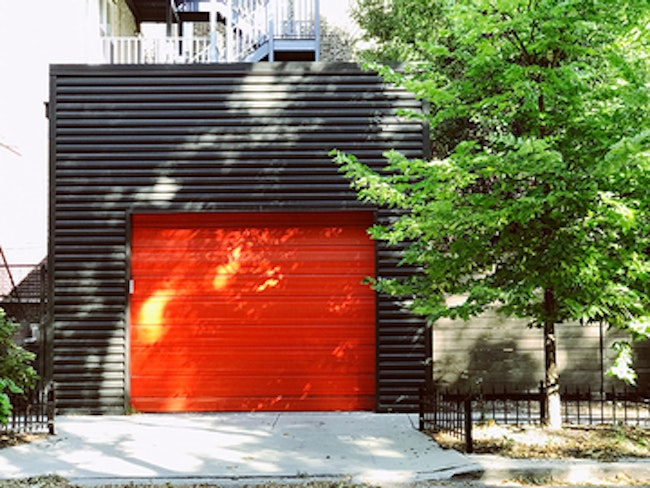
Purposes and Quality of Wireless Motion Alarms
While not yet capable of describing the type of vehicle or person visiting, a wireless driveway or yard motion alarm is a tool that can help you use other tools to identify the approaching vehicle, person, or animal. Once you know something is outside, you can then scan your yard or use security cameras to spot the target long before they arrive.
You may wonder if these three types of sensors are mutually exclusive, or if one is more reliable than the others. The operational differences between all three types of sensors have their own pros and cons. Setting up multiple sensors of different types can actually help identify different targets. As we will discuss later, false alarms can occur with any of these sensors depending on their quality and sensitivity. The cost between different brands is not the only factor to consider when searching for a system.
How Do You Search For the Right Driveway Alarm Systems?
There are many factors to consider when selecting the right wireless driveway alarm for your home and property. Keeping in mind the three types of sensors and their functions, here are some of those factors to help you find the right alarm for your unique situation.
Cost
Unless specified as part of an alarm package by a security company, the majority of driveway alarms are do-it-yourself installation projects. Depending on the brand, the overall price for a system can average a couple hundred dollars. Any cheaper than $50, you take the risk of decreased quality. Overall cost can vary as well between the functions of the sensors, the way the sensors are powered, and how many sensors come with the default package. In order to expand your system, an additional cost is required for each sensor you install. Always check with your alarm system instructions or the manufacturer of the system you’re thinking of purchasing to find out if they can be expanded to include additional sensors.
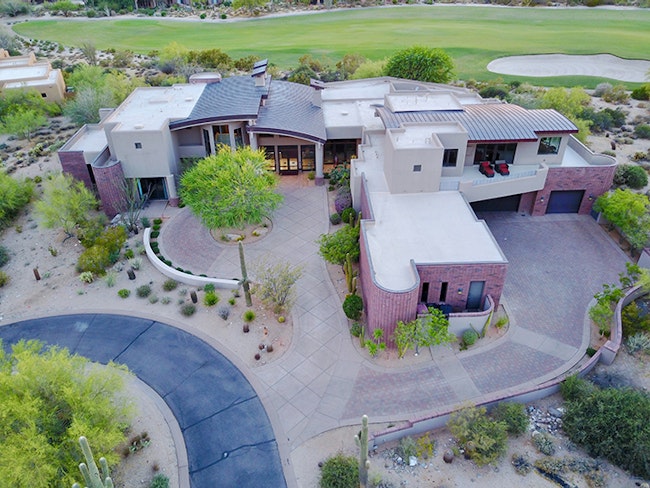
Ease of Installation And Expandability
Driveway alarm systems can also vary in the ease or difficulty of their installation. Generally, different sensors by their nature are easier or more difficult to place in your yard or driveway:
-
Perhaps the easiest sensors to place are IR sensors. It may take a bit of adjustment to make sure the two sensors are facing each other correctly, but if they are placed evenly on a wall or on two close posts, they will work fairly well. A passive infrared sensor and their transmitters are one unit; installed above ground, their solitary nature makes them simple to include in your overall security. Although it may be difficult to anticipate, you may wish these sensors to be placed away from areas where pets and children play, as these can set off your sensors far too often.
-
Probe sensors can be the trickiest of the three to set up and maintain, as they are a three part system: the probe itself, buried underground, the transmitter above ground, and the monitor inside your home. They must also be placed at least 25 feet away from the roadway and other moving metal objects that might trigger false warnings. The last thing you want is your monitor beeping every time a car passes!
Some driveway alarms can be expanded to include an additional sensor to a single monitor. In fact, some systems can be customized to include dozens of sensors placed all around your property! This excellent feature can usually be customized with your monitor to sound out different chimes and give you a different driveway alert sound for every sensor. This can give you an idea of where the sensors are picking up movement, vibrations, or heat.

Weather Resistance And Power Source
Sensors continuing to function in difficult weather like rain, hail, and high winds is a very important feature. Not only do your sensors have to be protected from moisture, they cannot give off false alarms whenever rain falls or leaves blow across your driveway. This is where positive or negative reviews of a given product are a valuable resource. As we will show with our brand comparison below, this will give you an idea of their quality in bad weather and assist you in making the right choice.
Sensors must be powered as well to function. The three ways sensors are powered include:
1. Battery-powered: The longevity of the battery can be affected by the type of batteries you use as well as the system. Rechargeable batteries are the best because they can save you from always having to change them out. Though not always the case, sensors powered by batteries tend to have the shortest lifespan before they have to be changed.
2. Solar driveway alarm: Solar power has become a hit with driveway alarms because of their set-it-and-forget-it functionality. The one snag, naturally, is the possibility that the sensor will stop working or give false readings in the dark or in overcast conditions. You should keep an eye out for solar powered sensors, though, as the technology has improved greatly in recent years.
3. Powered by your home’s electricity: This may be the case with monitors and receivers, but the sensors will probably be too far away from your home to be powered in this way. It is good to watch for different cord lengths to fit the outlets in your home, especially if it gives your receiver the proximity it needs for a clear signal. There is no unlimited receiver, unfortunately, but some get very close!
Sensitivity Settings
This is a big feature that you should certainly search for, as the sensitivity of your sensors can make or break the effectiveness of your system depending on the size or your driveway and the shape of your yard. Controlled by the monitor, you can change the effective wireless alarm range of your sensors to help reduce the amount of false alarms in high traffic areas while still detecting vehicles and approaching individuals.
Most sensitivity settings are changed on the unit itself. The dial will tell you effective range, although this can vary with cheaper units. Either way, you may want to test your system for a while to determine the proper range of your unit.

Warranty
High-quality alarm systems will come with warranties, ranging from one to three years. These warranties cover the replacement of sensors or your system should any parts be defective or are damaged due to weather and failed waterproofing. Always contact your manufacturer if you have any questions on what is covered by the warranty, as this can save quite a bit of hassle if something fails.
A Confusing Difference: Detection Range and Transmission Range
While researching different types of drive alarm systems, you may come across two different numbers: one referencing the range of the sensors and one referring to the transmission range of the transceiver. These can be confusing at first, especially if you are given two different numbers for what appears to be the same thing. The range of detection is the range of the sensor itself; you want sensors to be short or moderate range to keep their focus on vehicles and approaching intruders. Transmission range is the long distance the transceiver can reach to the monitor inside your home. The transceiver connected to the driveway sensor can come in ranges anywhere between several hundred feet to half a mile or more.
There are different pros and cons with detection range:
1. Very short range (ten to fifty feet): This is both a pro and a con, as you want a balance between being able to identify cars driving up your driveway without detecting cars on the road or other interference. At the same time, the short range of some sensors requires some tricky installation for unique or wide-open driveways (burying probe sensors close enough to your carpark as possible, for example). This may make certain sensor systems difficult or impossible to use properly.
2. They may require some type of concealment: Besides alerting you of an incoming car to your home, perhaps the second most important characteristic of a driveway motion sensor is to be discreet. Whether it is for design or intrusion detection, one type of sensor may be better for concealment than another. A hidden sensor can do much to identify vehicles that enter your driveway at all times without alerting the incoming driver. Keeping them hidden and within range may be difficult depending on the design of your driveway.
3. Underground or off-the-ground installation: Since probe sensors require underground installation and IR sensors need a clear line of sight between them, you have options for which will work for your unique circumstance. Performing research on sensors with the perfect range and detection sensitivity is the key to utilizing a driveway alarm system the best way possible.
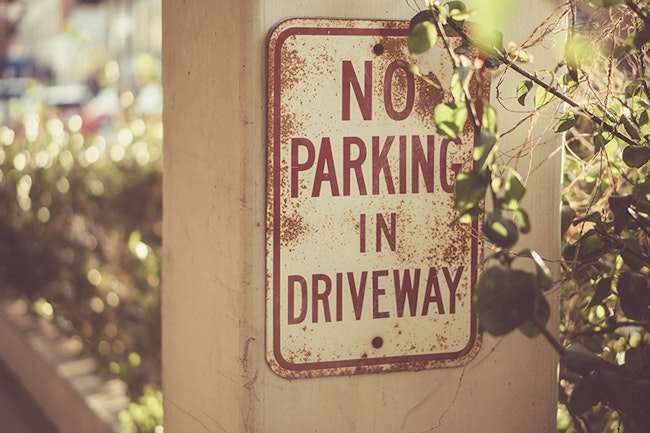
There are also pros and cons with transmission range:
1. Metal siding and transceiver location: Since transceiver broadcast distances are so far, they are very versatile in their placement. Your own home, however, can inhibit the range due to obstacles between the transceiver and the system monitor inside. If the signal is blocked by metal siding or garage doors, for example, this can set off false alarms depending on the brand of alarm system. Placing the monitor near the transceiver (in a front room) will allow the signal to pass through.
2. Buried sensor lines: Some transceivers must be placed very near to the sensor itself. Probe sensors, for example, are usually connected to their transceiver with buried lines to send signals and sometimes receive power. Like stated above, connecting the sensor to the transceiver and offering the transceiver the direct signal it requires precise placement. These buried lines, however, give your driveway system a great deal of concealment, perfect for keeping your driveway monitored and the design of your yard clean from obvious electronics.
False Alarms
Put simply, a false alarm is when your sensors pick up something they shouldn’t. Passing cars on the road in front of your home is a big offender, especially for probe sensors. If the sensitivity of the sensor is not perfect, it will make your monitor chime repeatedly, and you will not be able to tell the difference between a real threat and a false read.
The Case For False Alarms
Perhaps the number one reason people stray away from IR and probe sensors for their homes is due to the frequency of false alarms. This has been a good reason in the past, but brands have since improved their sensitivity, and their specifications on where to install their hardware can help you make the right positioning for the sensors. During the day is when false alarms can trigger most often. At night is when these alarms become a very important part of your overall security.
When choosing a system to use, it is useful to keep in mind the limitations of the different sensor types. IR and PIR weaknesses include:
1. Children playing: IR sensors like the ones installed on your garage door can become fascinating objects to play with, especially if they hear the chime. A passive infrared sensor may be particularly vulnerable as any heat source that comes near them can set off the monitor alarm.
2. Animals: This can include your pets or wildlife that enters your property. Again, PIR sensors are usually the ones that are sensitive to these types of false alarms. Think of a motion-sensitive light; the majority of them use PIR technology to activate. If you live in a rural area, this could either be a weakness or a strength, as the sensor will sound at the presence of peaceful animals like deer or dangerous animals like mountain lions (as you clearly see in this startling home video from the Sacramento area).
3. The height of the driveway sensor: This applies specifically to IR systems. To detect incoming vehicles properly, your two sensors must face each other in a straight line. It may be difficult to find the straight line you are looking for in your driveway, which may require your sensors to be placed on posts or other surfaces. If you place them too low, they may give false alarms at anything that scoots along the ground. Too high, and you may miss crucial targets. IR systems are a tricky balancing act sometimes.
As for vibrations, magnetic probe sensors are prone to the following weaknesses:
1. Inability to detect people: Magnetic probe sensors have a single function: identifying the large metal signature of a moving vehicle. These sensors are only suited for driveways and nothing more. A person would have to be wearing a suit of metal armor to be spotted by one of these sensors!
2. Reduced range: Since these sensors are buried underground and not usually underneath the cement of the driveway, they may have a reduced range or risk setting off false alarms if placed too close to a street, a metal garage door, or another moving metal object like a gate.

Reviewed and Reliable Brands to Watch For
Searching for a high-quality driveway motion sensor and alert system? There are several brands that made a name for themselves due to the effectiveness of their products. The following hardware has been tested and thoroughly reviewed by customers just like you that are looking for a bit of protection and early warning should vehicles, animals, or people approach their homes. Each has their pros and cons based on the factors we previously discussed like cost, ease of installation, waterproofing, and sensitivity.
Mighty Mule
An industry leader in security and home automation, Mighty Mule features a fantastic product simply named the Mighty Mule Wireless Driveway Alarm. This alarm is a rare piece of equipment, an electromagnetic sensor that is placed beside your driveway above ground. The driveway sensor is placed upon a roughly foot-tall wand and can detect vehicles approaching your home from three to twelve feet away. Incredibly, this driveway alarm can be expanded to include other hardware, including wireless intercoms and solar panels for automatic charging.
The pros include:
- A low cost for a magnetic probe (currently $99)
- Great expandability options
- A twelve month warranty
The cons:
- A very short transmission range of 400 feet
- A very short 10 foot cable connection between the sensor and the transmitter, which can limit where you will be able to place the driveway sensor

Guardline Wireless Driveway Alarm
Guardline is an expert security company that has helped over 250,000 customers since 2001. Their wireless driveway alarm system is an excellent piece of PIR technology, capable of sensing moving objects within a forty foot range. With the transceiver built into the unit, the Guardline driveway alarm can broadcast a signal to the monitor from a quarter of a mile away. The system is even expandable to fit up to sixteen different sensors to make a large proximity system perfect for large properties. Overall, an impressive product to consider.
The pros include:
- A two-year warranty on all products
- Great expandability
- Excellent weatherproofing
- Customizable alarm sounds on the driveway monitor
The cons include:
- Capable of a few false alarm readings
- Battery-powered (four AA batteries per unit)

Chamberlain CWA2000
One of the better-known companies for security and alarm systems, Chamberlain driveway alarms are reliable and affordable. Their PIR sensors are effective up to thirty feet away, and the transmission range is up to a quarter mile. Easy to install almost everywhere, this is a great system for those that are curious about driveway and yard alarm systems and want to give the tech a try without breaking the bank. With that in mind, these alarms are a bit basic, and include only the simplest of features.
The pros include:
- Low cost
- Fairly long range receiver
- Weatherproof
- Extendable to up to four sensors
- A one-year warranty
The cons include:
- Basic driveway monitor functions (no customizable alarm sounds)
- Can be tricky to install

HTZSafe Solar Driveway Alarm
The sensor system from HTZSafe is a unique IR driveway sensor that does not require a twin to function. With a range between 40 and 25 feet depending on the sensitivity settings you can set on the sensor, the sensor can track anything that moves, from vehicles and people to animals and especially burglars. This system has high ratings on Amazon, a great option for anyone looking to expand their home security.
The pros include:
- Solar-powered (no need to worry about batteries)
- Adjustable sensitivity settings
- Expandable to up to 32 sensors
- Monitor can be customized to play different tones and sounds for each sensor
- Angled sensor that reduces false alarms in different weather conditions
The cons include:
- Challenging installation
- According to some reviews, the monitor has quirks that may put off some owners (such as having to unplug and plug back in the power cord every once in a while)

Future of Driveway Alarms
As the years have gone by, the technology that driveway alarms rely on have become more and more reliable, especially for newer systems like magnetic probe sensors. Unfortunately, there are few systems that allow for unlimited sensors, but one day it may be available and affordable. Cheaper systems may continue to have false alert problems, but reliable systems and brands like the ones we discussed have improved and will continue to improve, reducing and even eliminating false alarms. Driveway alarms, however, are only one part of your home’s overall security system, and the future of these alarms lies in their combinability with other systems.
One such system that has already taken this step is the Guardline GL2000, a fantastic alarm system that can be wired to activate security cameras that are placed on or around your property. Not only will you have the assurance that your sensors are doing their job properly, you can see in real-time what your sensors have discovered. The advantages are obvious.
One such type of expansion you may not see for a while, however, is a sensor system that can connect directly to authorities when they are triggered. While IR, PIR, and magnetic sensors are very capable in their own functions, they cannot yet identify friend from foe. Since false alarms are so prevalent in the United States today (up to 90% of calls to dispatchers in some regions), it will be a long time before home security systems are capable of being 100% accurate in assessing threats.
Until then, the technology we do have can help warn us of threats approaching our homes, and we can take appropriate action ourselves. In addition to purchasing a driveway alarm consider the fantastic home security devices available to you from Cove as well as our blog article on garage door locks. From door alarms to flood sensors, it is our highest priority to serve you, your family, and your business to protect what you love most. Just be aware that our security system is not designed to be connected to a driveway alarm system.
Ready to get started?
Take this short quiz to build your customized system today!
Takes less than a minute


